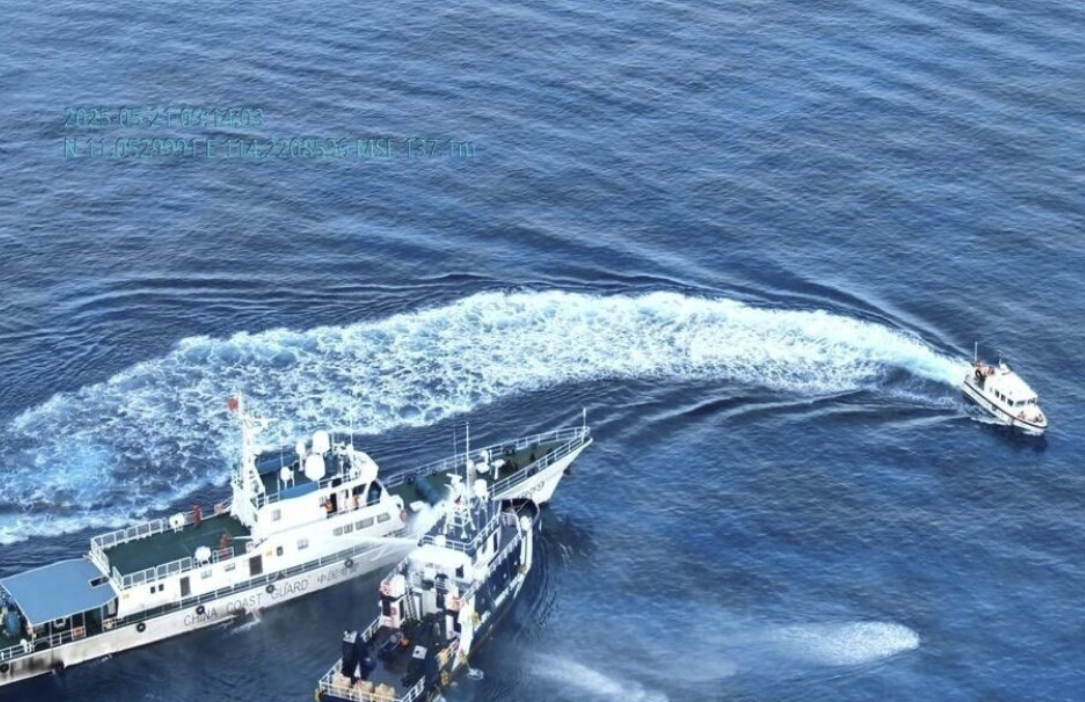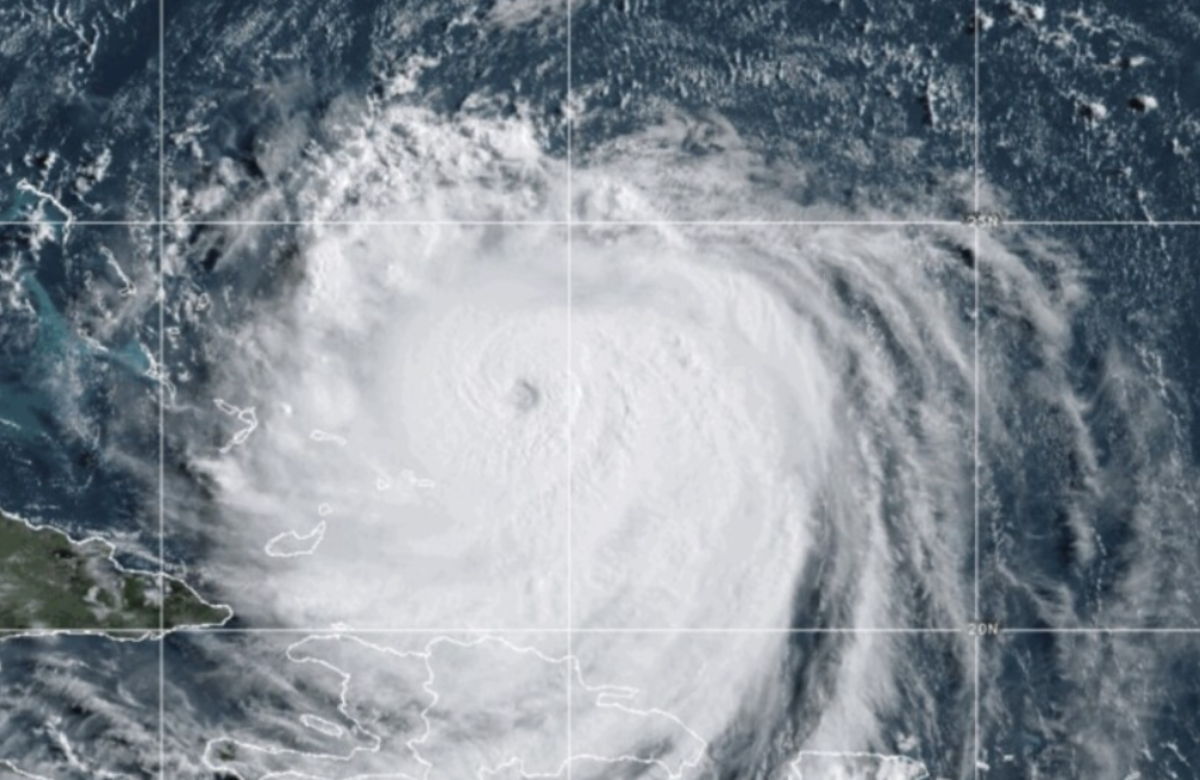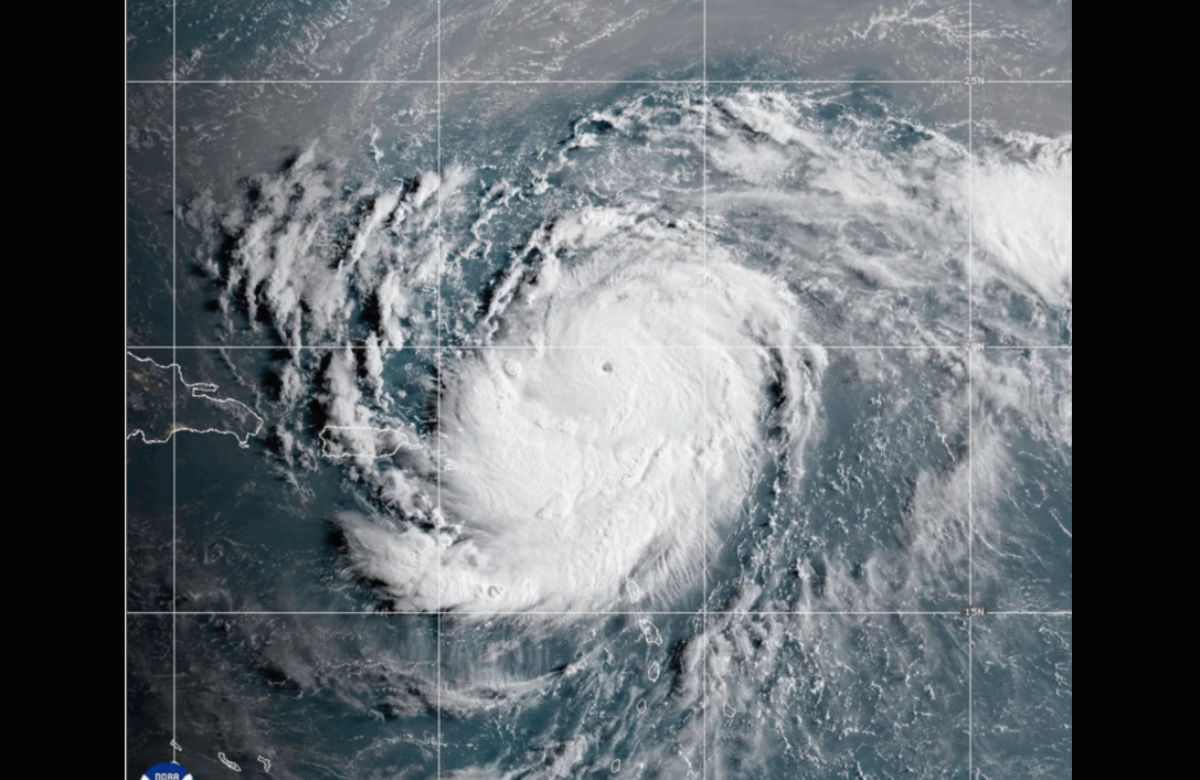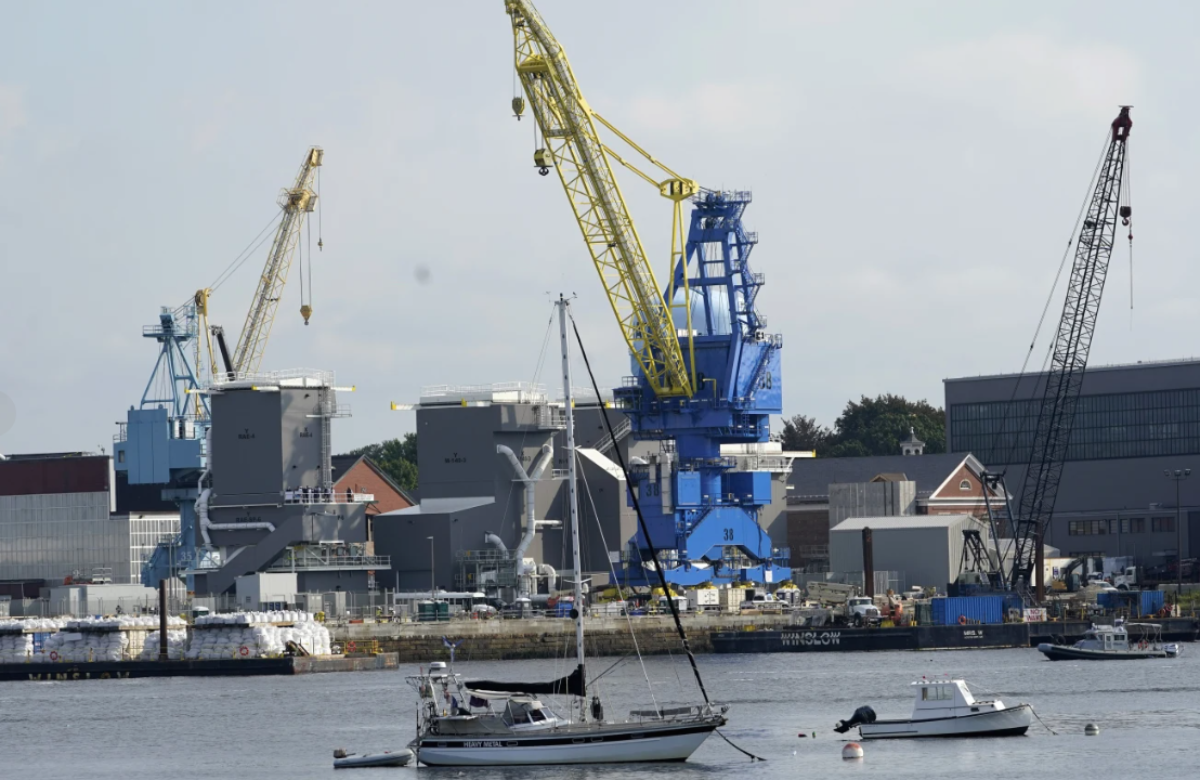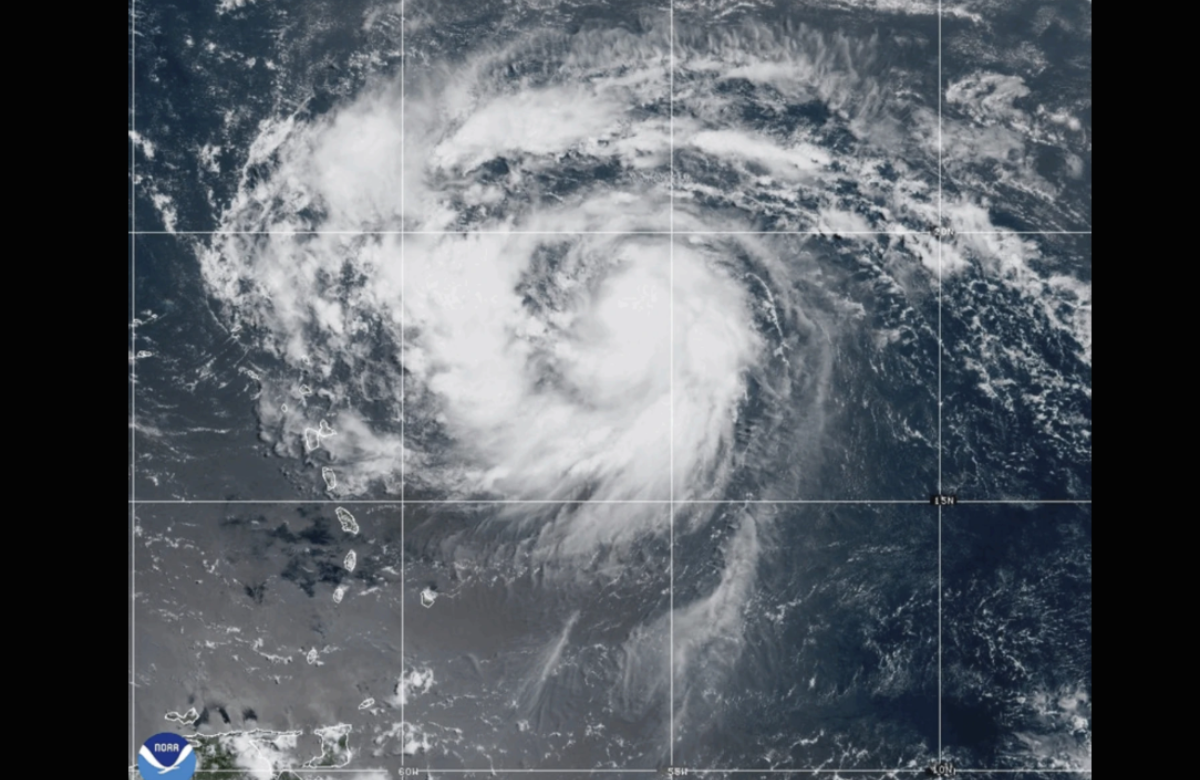Philippine authorities on Thursday criticized the Chinese coast guard for allegedly using a high-powered water cannon against one of two Philippine fishing boats conducting marine research in disputed waters of the South China Sea. The incident reportedly took place near Sandy Cay, a group of three sandbars close to Thitu Island, which is occupied by the Philippines.
According to the Bureau of Fisheries in Manila, the incident happened on Wednesday and resulted in damage to one of the Philippine vessels, putting the lives of its crew at risk. The Department of Agriculture and the Bureau of Fisheries said the Filipino team was carrying out routine marine scientific research, specifically collecting sand samples from the area.
A larger Chinese coast guard vessel reportedly struck and sprayed one of the Philippine boats twice, damaging its port bow and smokestack. Philippine officials emphasized that this took place within their country’s territorial sea.
China, however, accused the Philippines of illegally entering the area—referred to by Beijing as Tiexian Reef—and claimed the Filipino crew ignored repeated warnings. The Chinese side said their coast guard was carrying out normal law enforcement operations and landed personnel on the reef to investigate. Their statement did not confirm the use of a water cannon.
China continues to assert sovereignty over almost the entire South China Sea, a claim that has raised tensions across the region. The dispute has become a flashpoint in the broader rivalry between China and the United States. While the U.S. has no territorial claims in the region, it has voiced strong support for countries like the Philippines facing pressure from Beijing.
U.S. Ambassador to the Philippines MaryKay Carlson denounced the Chinese coast guard’s actions as dangerously aggressive and a threat to regional stability. She reaffirmed U.S. support for international law and freedom of navigation in the Indo-Pacific.
This is not the first confrontation between China and the Philippines over Sandy Cay. In January, Chinese forces reportedly drove away Filipino survey ships. In April, Chinese state media published photos of Chinese coast guard officers raising a flag on Sandy Cay, prompting a similar response from Philippine authorities days later.
The longstanding maritime disputes are expected to be a central issue at the upcoming ASEAN summit in Malaysia. Several ASEAN member states—Brunei, Malaysia, the Philippines, and Vietnam—have overlapping claims with China and Taiwan in the South China Sea. Negotiations between China and ASEAN on a code of conduct to prevent conflict are ongoing, with hopes of reaching an agreement by next year.
Meanwhile, the U.S. has reiterated that its Mutual Defense Treaty with the Philippines obligates it to respond if Philippine forces or assets are attacked in the region. China, for its part, has urged Washington not to interfere in what it considers a regional issue.
